15 Animal Species Miraculously Saved From Extinction
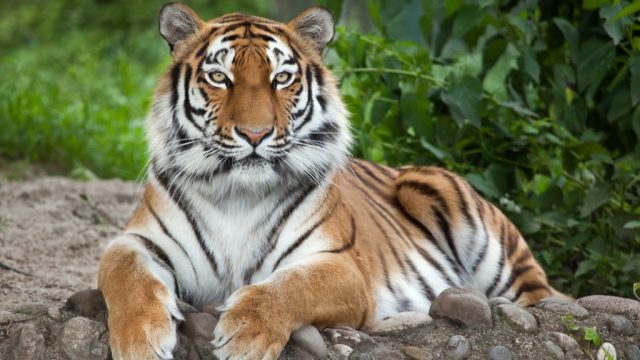
Overpopulation, pollution, and poaching are all major threats to the health and well-being of the animals on earth. Bumble bees have just made the endangered list, the orangutan population has reached a critical low, and even bluefin tuna are getting overfished. Luckily, there’s at least some good news: many animals once facing extinction are growing in number once again, restoring ecological balance to their natural habitats in the process. So read on, and rejoice! And when you want to learn more about an animal that’s a little closer to home, discover the 20 Amazing Facts You Never Knew About Your Dog.
1
Gray Wolf
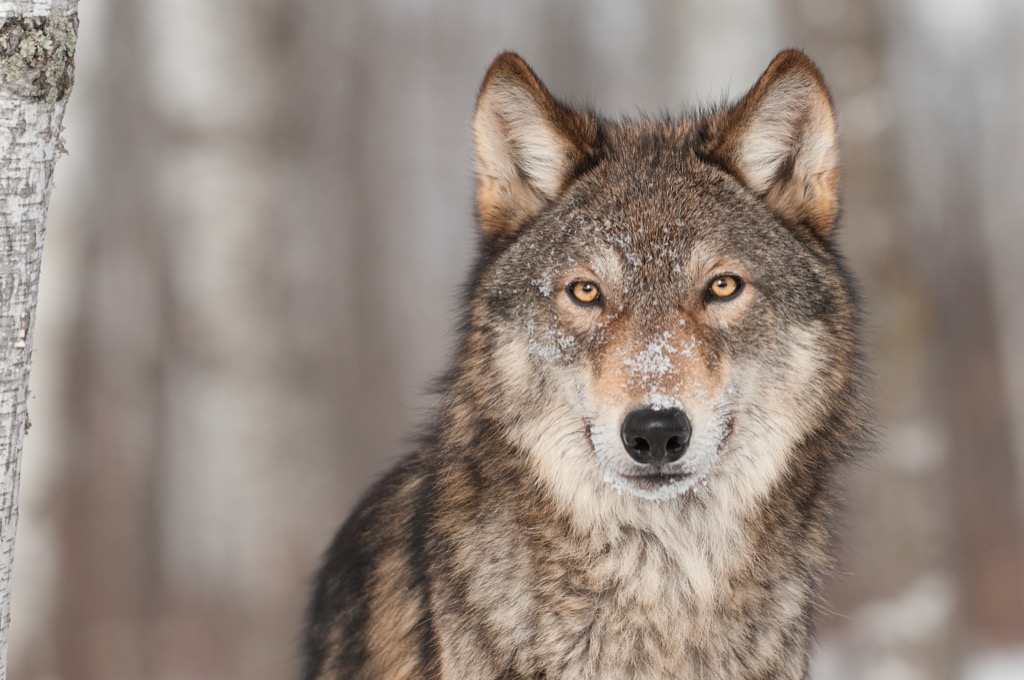
Once native to much of North America, Europe, and Asia, gray wolves have seen a significant population drop over the past century. Gray wolves were nearly exterminated from the United States in the early 20th century. However, today they are slowly moving back into their natural habitats. In fact, in 2008, gray wolf pups were born in both Washington State and Oregon, the first documented wolf births in either state since the 1930s.
2
Bald Eagle
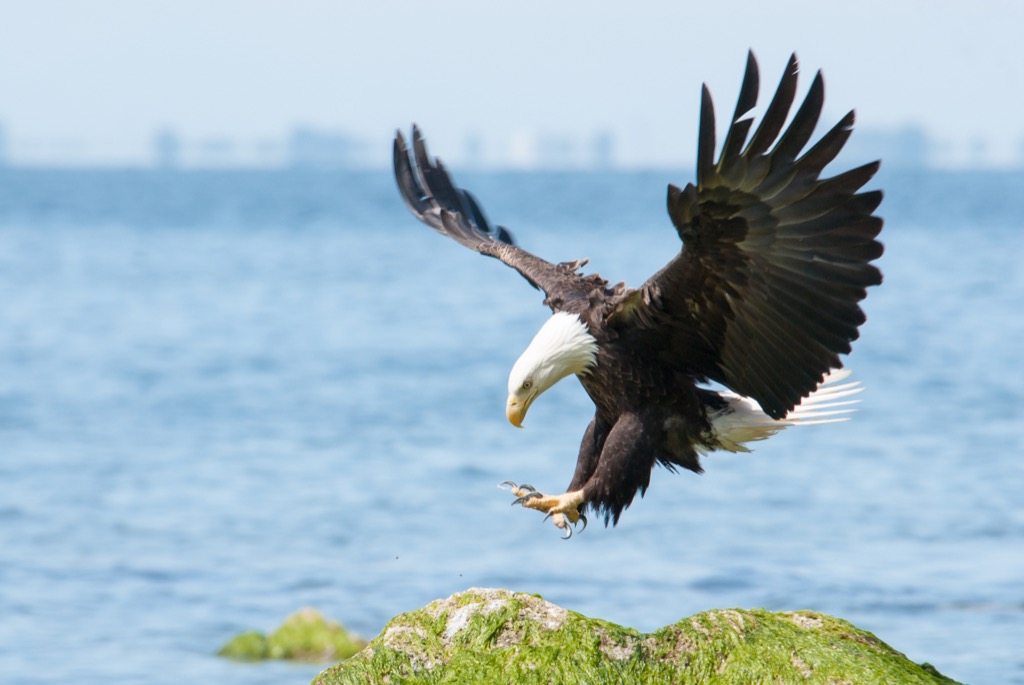
There were thought to be nearly 500,000 bald eagles in the United States in the 1700s. Sadly, that number dropped to only 412 nesting pairs in the continental U.S. by the 1950s. After making the Endangered Species List in 1967, bald eagle hunting bans were put in place across North America. The population has since grown to close to 70,000 in the contiguous United States alone. And for more great trivia, check out the 28 most enduring lies in American history.
3
Gray Whale
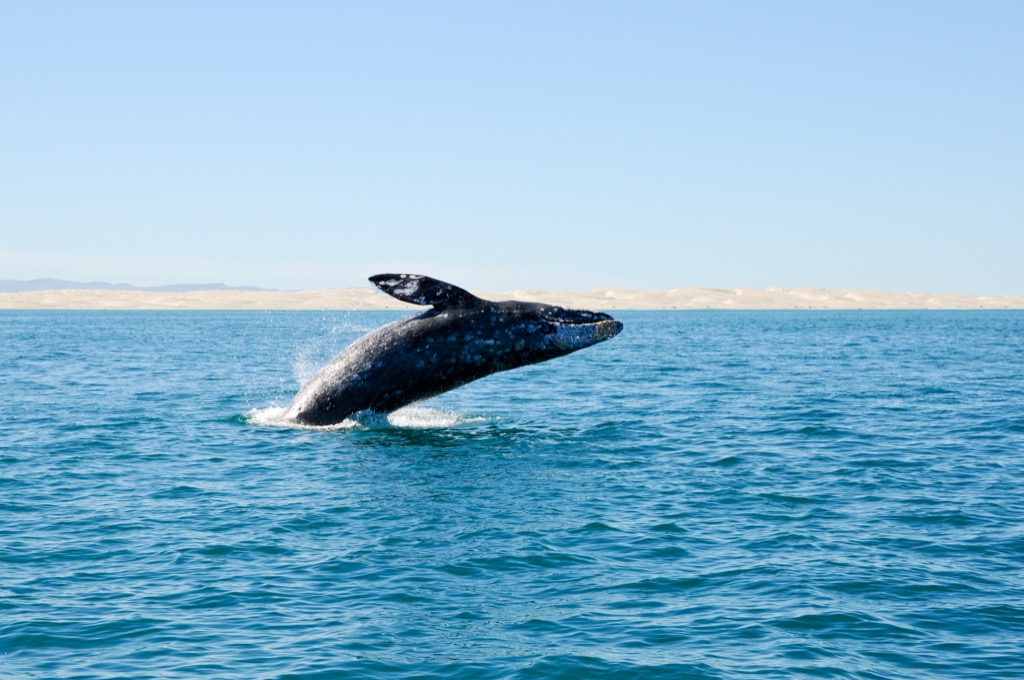
Even the gray whale’s long lifespan—up to 70 years—didn’t do much to keep its population stable. By the 19th century, the gray whale was extinct in the North Atlantic, and whaling caused its Pacific-based population to dwindle, too. However, a reduction in whaling has helped the population flourish. An estimated 26,000 gray whales live in the Pacific today. Whether you want to add whale watching or snowboarding to your next travel itinerary, these winter weekend escapes are well worth the trip.
4
Sea Lion
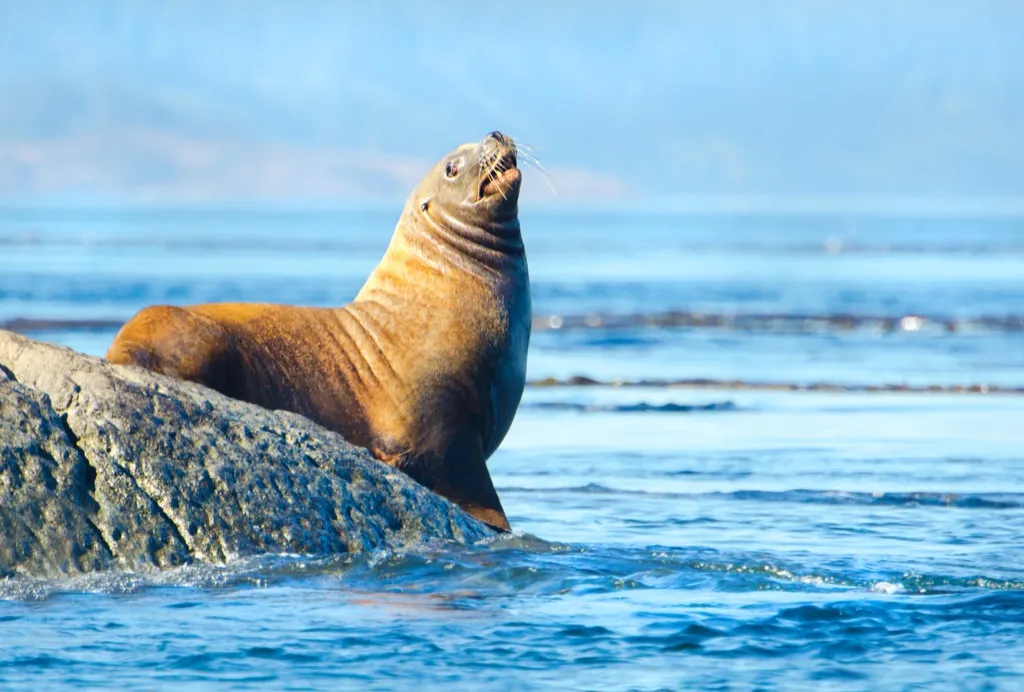
It may be hard to imagine that sea lions, a staple of most zoos and aquariums, were ever endangered. Sadly, increased predation was thought to account for a decline of up to 80 percent in the Steller sea lion population by the late 1990s. Steller sea lions were subsequently added to the Endangered Species List, and have been steadily growing in number since. Steller sea lions were taken off the Endangered Species List in 2013.
5
White Rhinoceros

Only three northern white rhinos, all captive, exist anywhere on earth. However, the southern white rhino population is flourishing. Southern white rhinos, once thought extinct, now have a thriving population of over 20,000, thanks to conservation efforts in their natural habitats in Kenya, Namibia, South Africa, and Zimbabwe. Of course, poaching is still a major concern—but the species is currently back from the brink.
6
Brown Pelican

This long-beaked bird, a native of North America, was once all but extinct. Rampant use of DDT rendered many brown pelicans infertile, while hunting threatened to wipe out the remaining population. Fortunately, the 1972 DDT ban in the United States helped increase brown pelican reproduction. The bird has since been downgraded from endangered to least concern. An estimated 650,000 brown pelicans now live in North and South America.
7
Peregrine Falcon
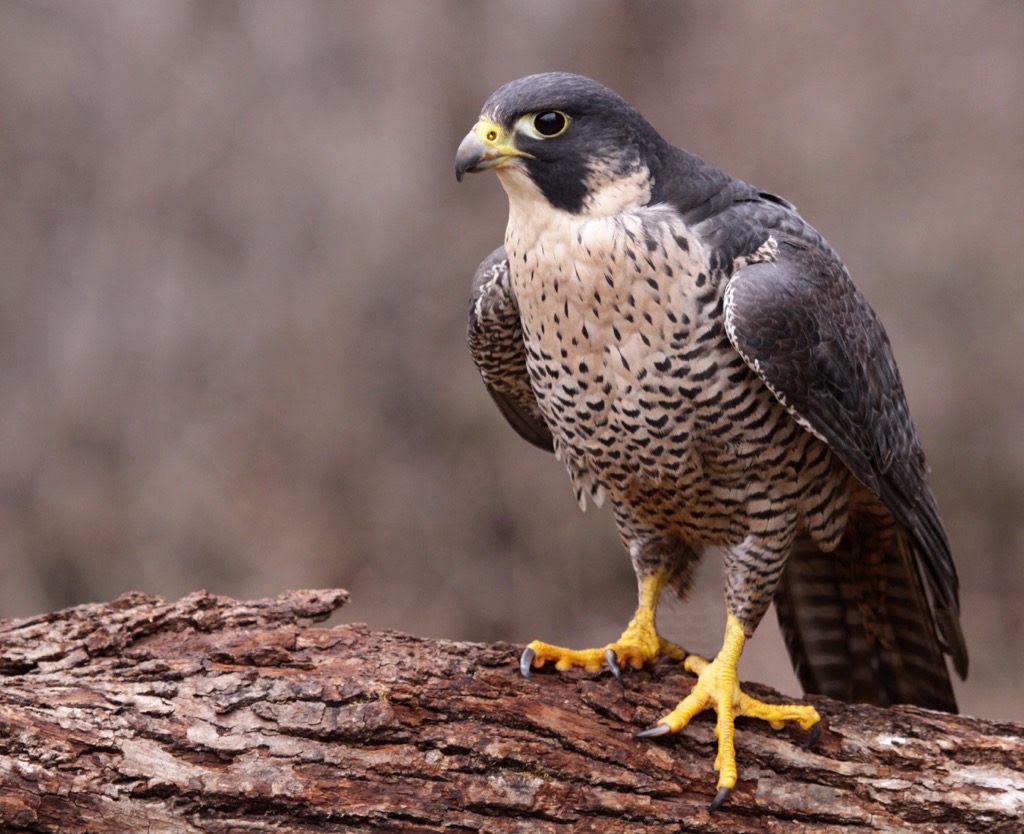
Similar to the brown pelican, the peregrine falcon’s population sharply declined as the use of DDT increased. This bird of prey was particularly susceptible to DDT poisoning, thanks to its diet of DDT-contaminated fish and smaller birds. While peregrines were added to the Endangered Species List in the 1970s, the DDT ban and the Indiana-based peregrine reintroduction program have done wonders for population growth. The bird was removed from the Endangered Species List in 1999.
8
Siberian Tiger

The Siberian tiger, or Amur tiger, has seen dramatic population growth in the past decade alone. While there were thought to be only 40 Siberian tigers left in Russia by the 1940s, a ban on tiger hunting and increased conservation efforts have yielded dramatic change. In 2005, there were thought to be under 400 Siberian tigers, but that number has increased to upwards of 540 today.
9
Aleutian Canada Goose
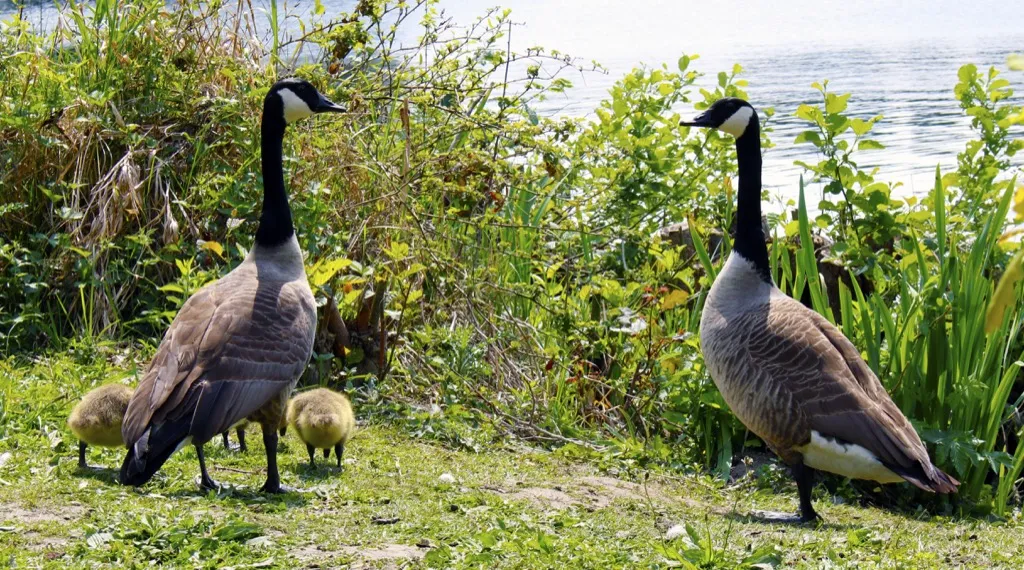
While geese are hardly an uncommon sight for North Americans, the Aleutian Canada goose population reached a critical low less than half a century ago. These geese, native to a chain of islands in the North Pacific, experienced an all-time population slump to just 800 in the 1970s. Fortunately, by the end of the 20th century, there were over 32,000 birds and counting.
10
Galapagos Giant Tortoise
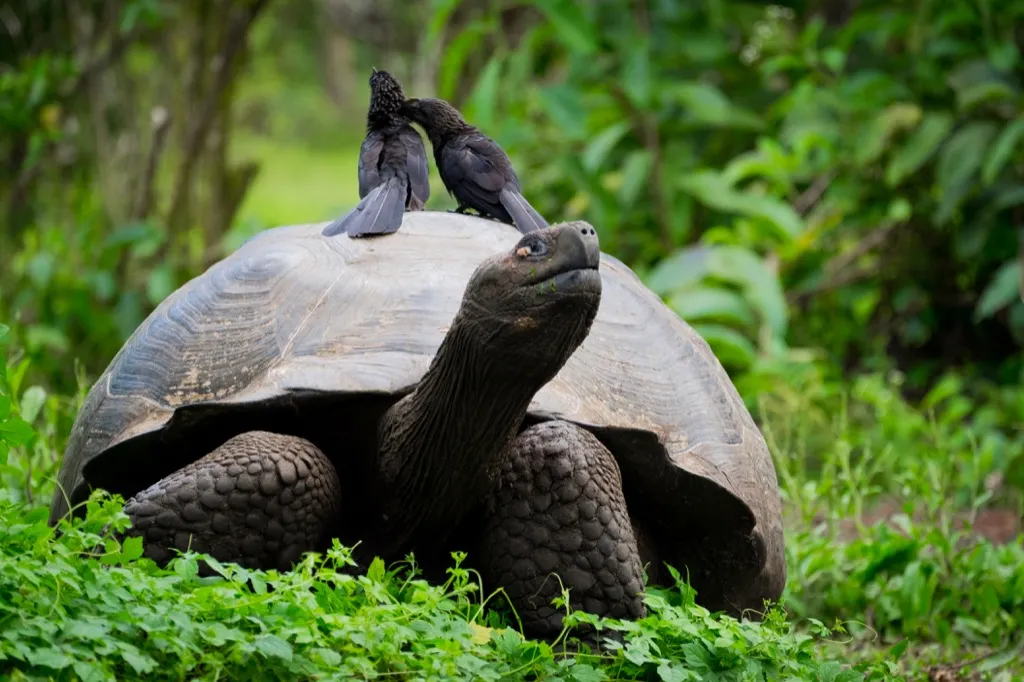
The Galapagos giant tortoise population hit an all-time low in the 1970s. This type of tortoise, which can live upwards of 170 years in captivity, had a population of close to 3,000 just over 40 years ago, down from a high of 250,000 in the 1500s. Fortunately, reduced predation and deforestation and captive breeding efforts have increased that population to upwards of 19,000 in the 2000s. Before you book your next animal-spotting adventure, make sure you’ve got this secret trick for saving on airfare committed to memory.
11
Mountain Gorilla
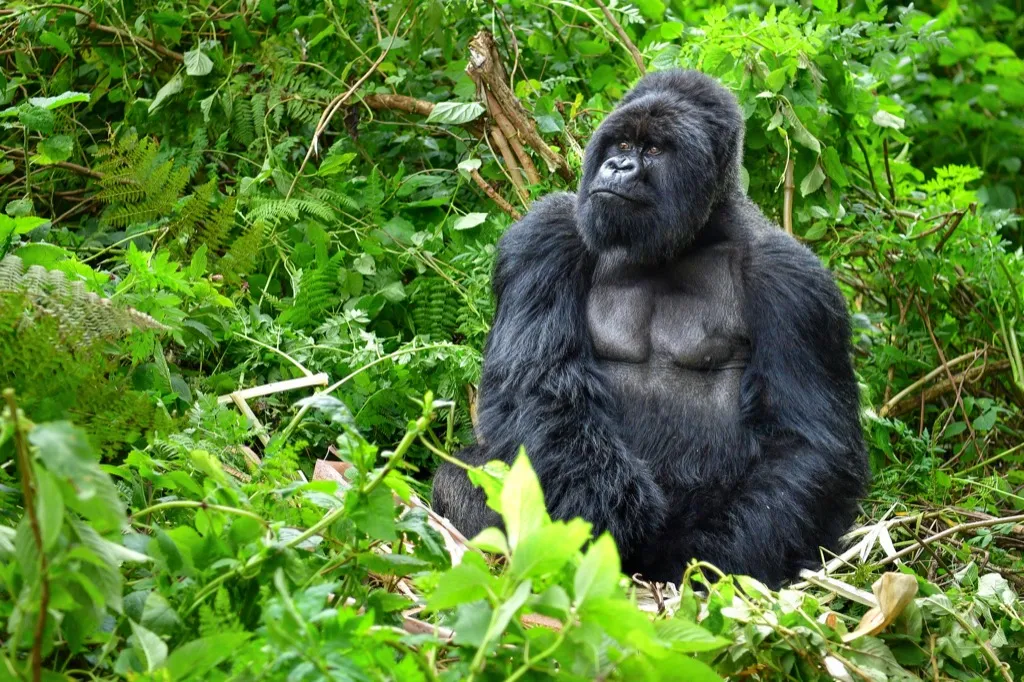
These dark, shaggy gorillas, native to mountainous regions in Central Africa, have slowly, but steadily, been coming back from the brink of extinction. While habitat loss and hunting saw the population of mountain gorillas decline throughout the 20th century, conservation efforts have led to significant population growth. While still critically endangered, more than 880 mountain gorillas are now thought to call Central Africa home, in increase of more than 160 gorillas since the early 2000s.
12
American Alligator
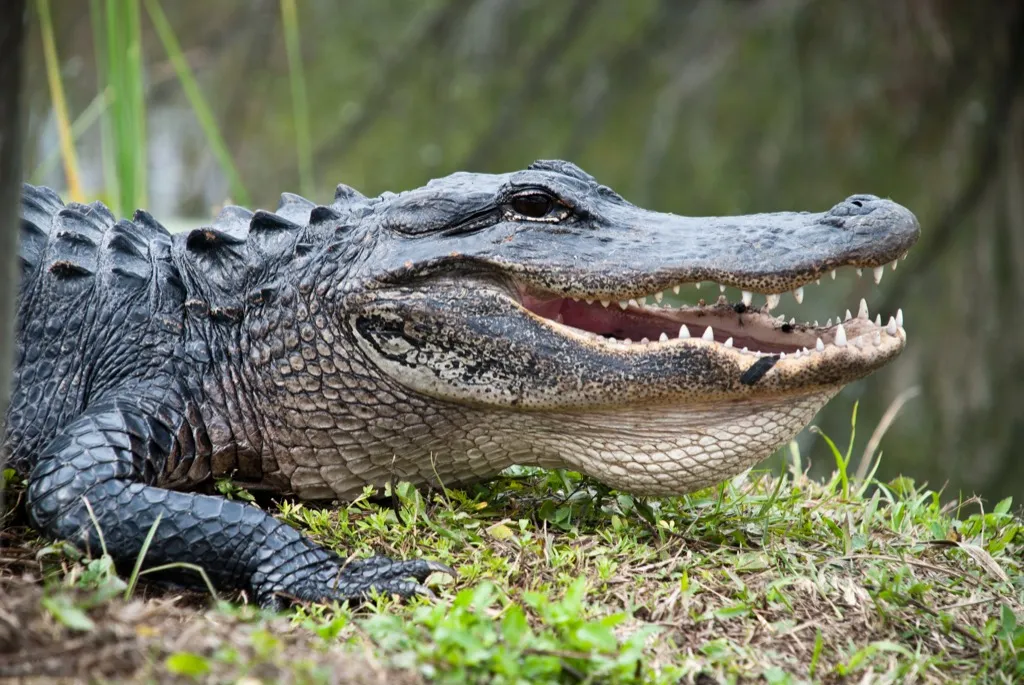
It seems as though alligator sightings and attacks are a daily occurrence in the United States. However, just 50 years ago, the American alligator was in danger of becoming extinct. The American alligator joined the Endangered Species List in 1967, leading to reduced alligator hunting in the southern United States. Today, there are thought to be more than 5 million alligators living in the south—an estimated 1.25 million in Florida alone.
13
Flying Squirrel
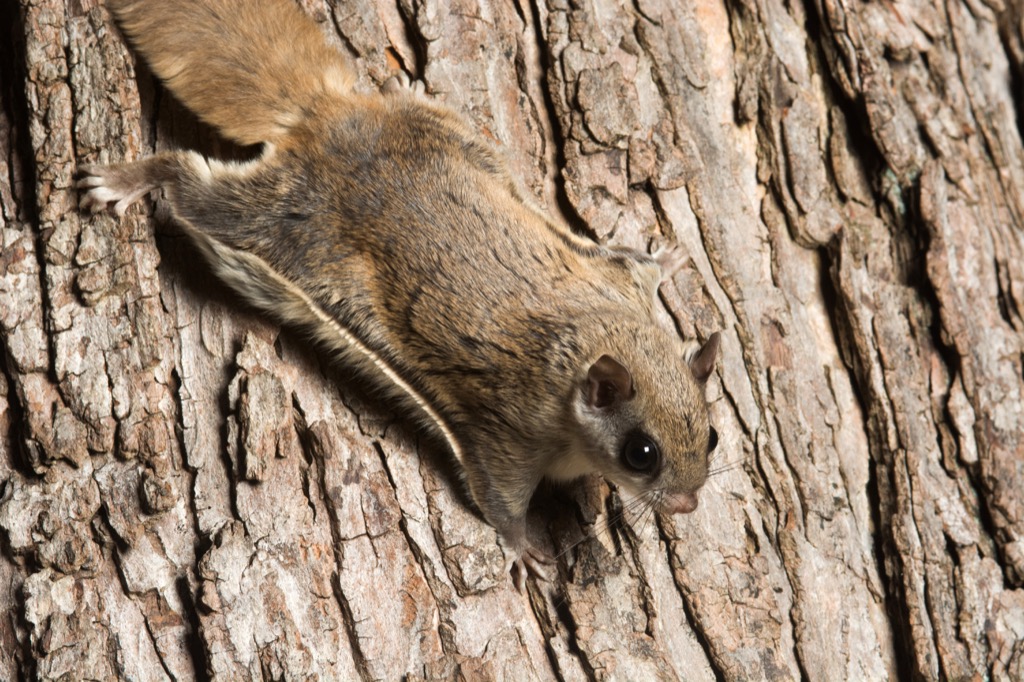
These acrobatic squirrels were recently in danger of being wiped out completely. Industrialization and deforestation caused the West Virginia flying squirrel population to dwindle until 1985, when it was added to the Endangered Species List. However, conservation efforts have increased the flying squirrel population significantly, and they are no longer endangered as of 2009.
14
Grizzly Bear
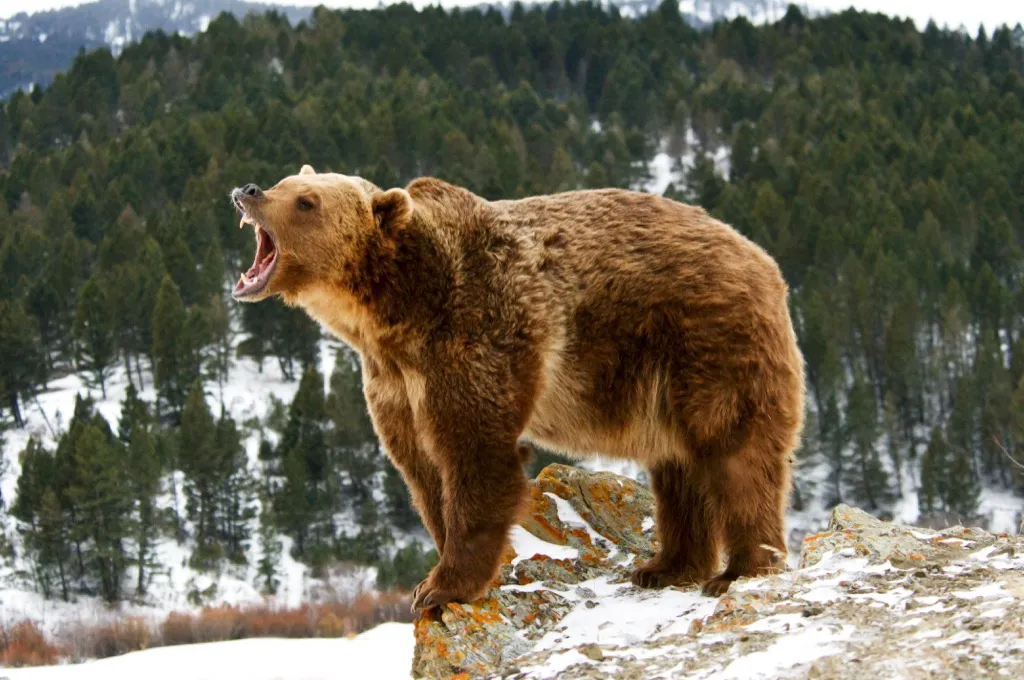
Loss of habitat, hunting, and low birth rates have all contributed to a plummeting grizzly population. While Californian and Mexican grizzlies have recently become extinct, Yellowstone grizzlies have just been taken off the Endangered Species List. Today, there are thought to be upwards of 600 grizzlies living in and around Yellowstone. There are an estimated 55,000 total grizzlies living in North America, the bulk of which—30,000—call Alaska home. If you spot a grizzly on your next adventure, make sure you’re using the right photo organization tips to keep that memory fresh forever.
15
California Condor
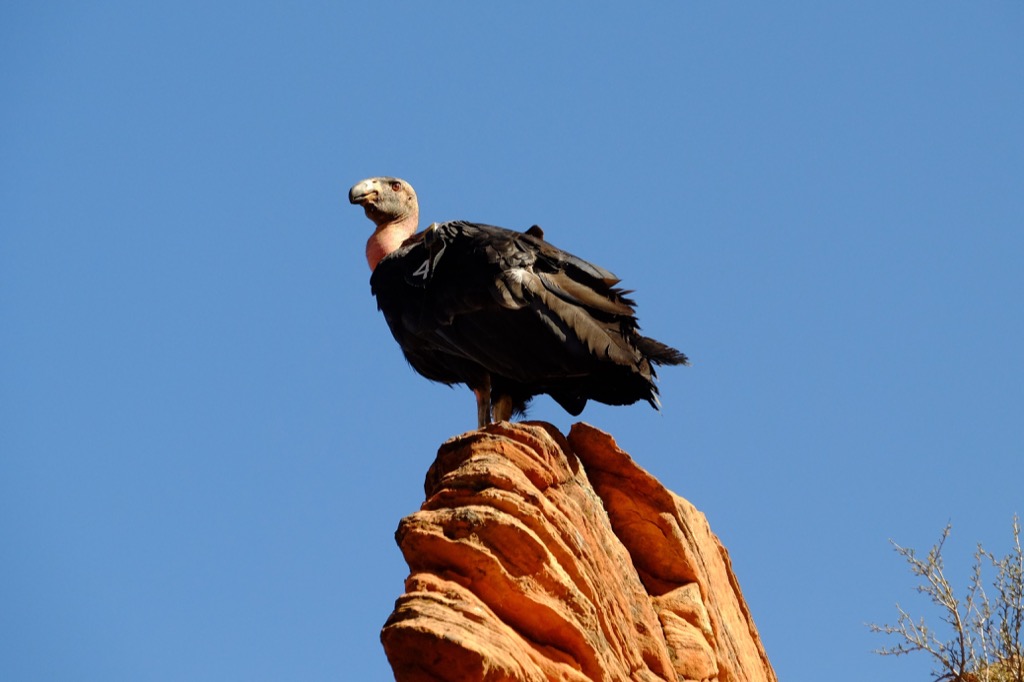
Just 30 years ago, there were only 22 total California condors in the United States. DDT and lead poisoning, poaching, habitat loss, and electrocution caused California condors to nearly go extinct by 1987. Fortunately, captive breeding, habitat recovery, and a post-release increase in wild breeding have seen the California condor population rise to nearly 500.
For more advice on living your best life, follow us on Facebook now!